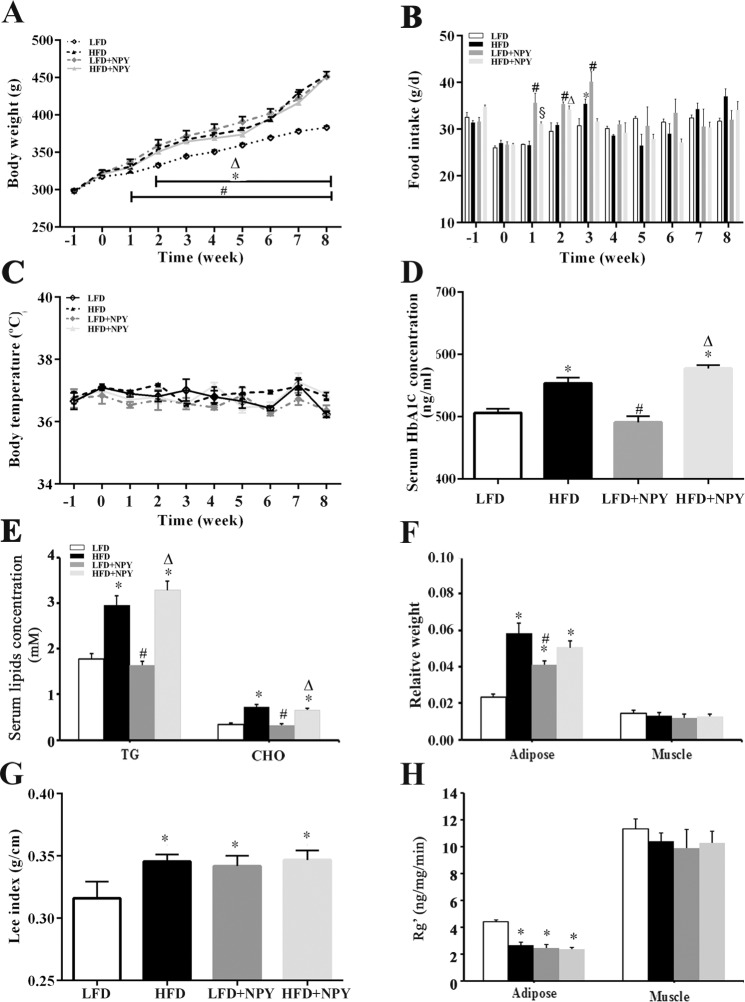Fig 3. Overexpression of NPY induces obesity and decreases glucose utilization in adipose tissue.
(A) Effects of HFD and NPY overexpression in PVN on body weight (n = 8), (B) food intake per day (n = 4), and (C) body temperature (n = 4). Time = 0 indicates the time of surgery. Data are presented as means ± SEM. *P<0.05, LFD vs. HFD; # P<0.05, LFD vs. LFD+NPY; ∆ P<0.05, LFD vs. HFD+NPY; § P<0.05, HFD vs. HFD+NPY across the weeks denoted by the horizontal bar. (D) Effects of HFD and NPY overexpression in PVN on serum HbA1c concentration, (E) serum triglyceride (TG) and cholesterol concentration (CHO) concentration adipose tissue, and (F) relative weight calculated as the ratio of adipose tissue and muscle weight to body weight (F), n = 8. (G) Effects of HFD and NPY overexpression in PVN on Lee index, a normal index to assess obesity, which was calculated as the ratio between the cube root of the body weight (g) and the naso-anal length (cm) of the animals multiplied by 10, n = 8. (H) glucose utilization index (Rg’) of adipose tissue and muscle, an estimate of tissue glucose utilization, n = 3. Data are presented as means ± SEM, *P<0.5 vs. LFD; # P<0.05 vs. HFD; ∆ P<0.5 vs. LFD + NPY group.

